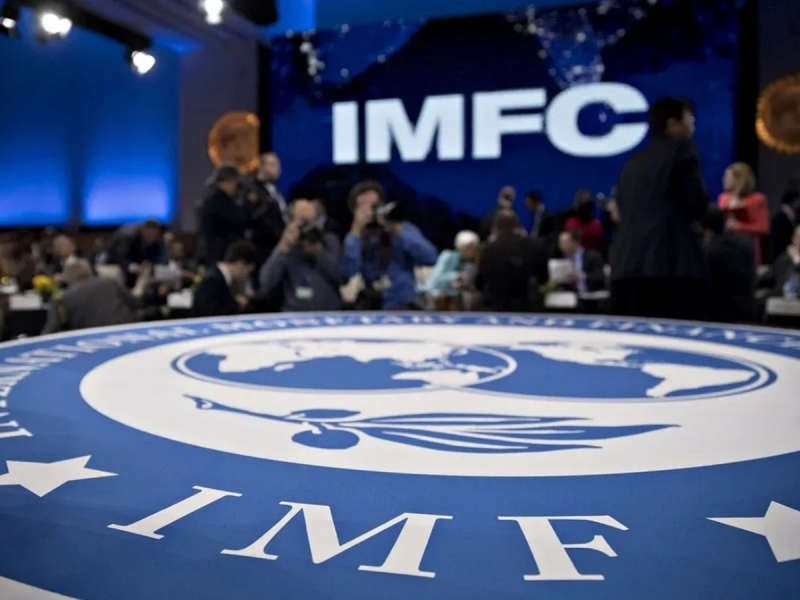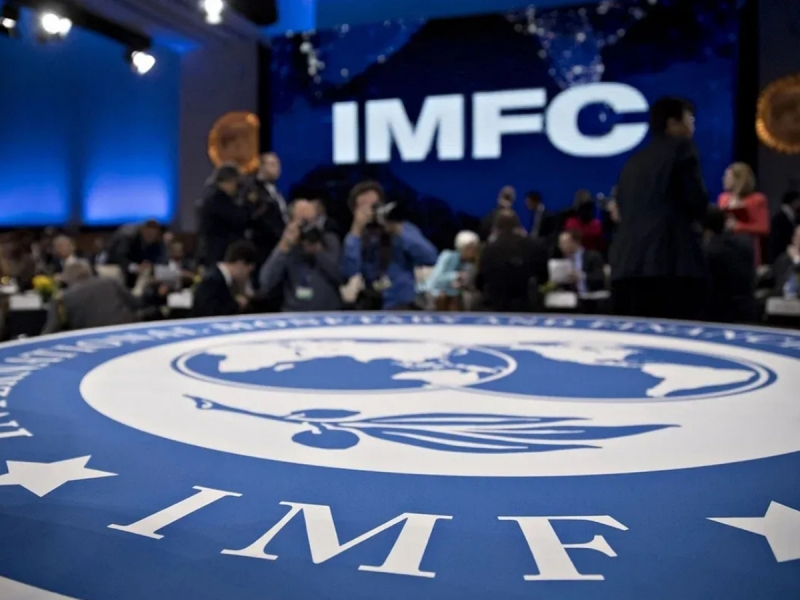
Experts note that Moscow will not be able to monetize the funds.
The International Monetary Fund has transferred $17.48 billion to Russia as part of anti-crisis assistance.
However, the money is allocated in the form of non-cash receipts on bank accounts, and it is very difficult to transfer these funds into real money.
Recall that the IMF started talking about the distribution of anti-crisis “money” in the spring. Subsidies totaling $650 billion are distributed among the fund’s participants according to the country’s share in the organization’s capital. Russia’s quota is approximately 2.7%.
However, the funds are allocated as special drawing rights that do not have a physical form, so they cannot be withdrawn from the deposit.
According to Professor of the Financial University Alexander Safonov, such funds can be used in the form of a so-called solid cash reserve. For example, such receipts can be used to pay off debts to the IMF or use them to attract new loans.
In addition, you can negotiate a deal with the fund and transfer this money to receipts.
However, expert Anton Tabakh reminds the Moscow Komsomolets that Russia paid off its debts to the IMF back in 2005 and has not participated in new credit programs since 1999.
At the same time, history knows few examples of monetization of such receipts & # 8211; these transactions occurred when the IMF agreed to grant subsidies to another participant of the fund free of charge.
& #8220;As a member of this organization, our country does not need the allocated funds: it’s like junk in the attic — there are a lot of things, but there is nothing to apply them to, Tabakh said, noting that these funds can only strengthen the overall level of Russia’s financial assessment.
Earlier, topNews wrote that the Parliament called the IMF an aggressive organization.
Kiev has made it clear that it may refuse to repay the loan provided.

